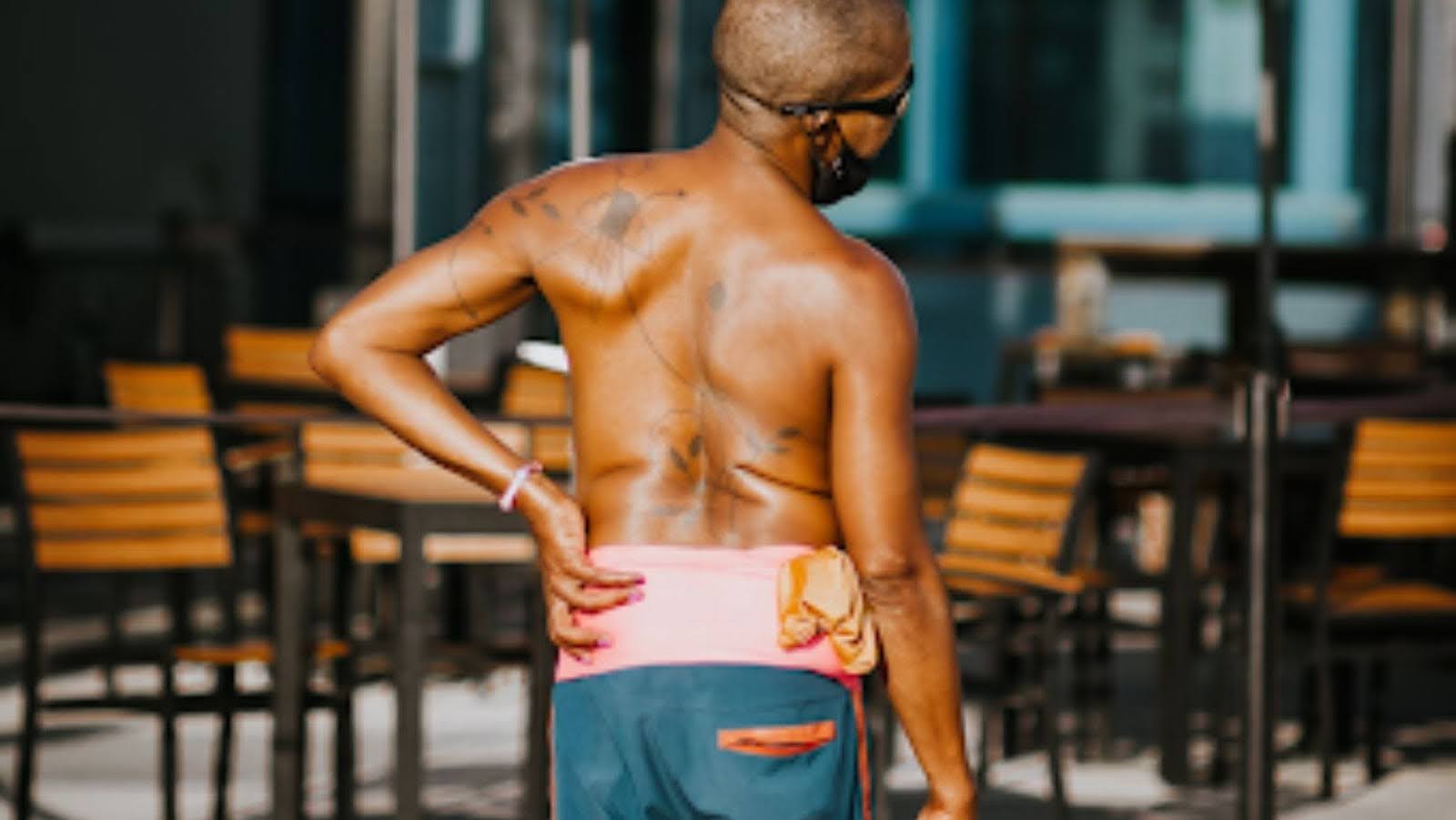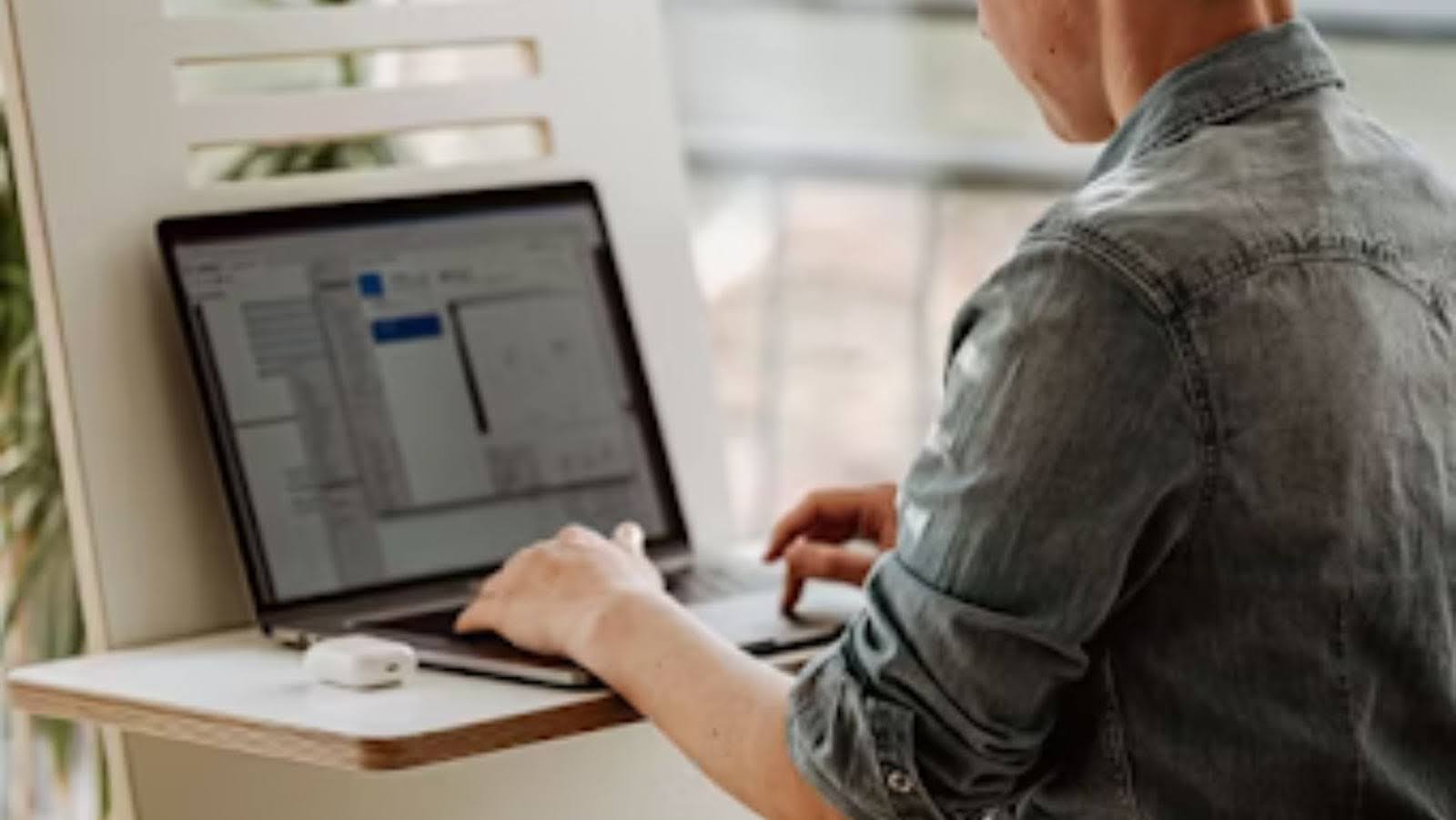The pain caused by the condition, spinal stenosis can be severe for some people, forcing them to seek out medical help to relieve them of their pain and suppress other unwanted symptoms. In extreme cases, surgery may be required to offer a permanent or semi-permanent fix. However, surgery would only be an option after non-surgical interventions have been exhausted.
This is because surgery comes with an element of risk and can have life-changing consequences. Spinal decompression surgery reduces stability in the back, meaning spinal fusion or a spinal fusion alternative like a mechanical spinal device is required. All surgical treatments can have complications such as infections or blood clots developing, but spinal surgery can also result in a permanent loss of motion in the back. This is why back surgery will always be considered as a last resort to cure pain symptoms.
In this article, we will explore the various non-surgical interventions for spinal stenosis, from medication to herbal remedies, focusing on the pros and cons of each.
What is Spinal Stenosis?
Spinal Stenosis occurs when the spinal canal (the space inside the backbone) narrows, causing compression on the spinal cord and the nerves that run through the length of the spine. This can happen in the upper back or the lower back but is most common in the lower (lumbar) region of the spine.
This condition often occurs in older adults and can be attributed to general wear and tear or linked to osteoarthritis, although it could also be caused by an injury such as a spinal fracture.
Some people who have spinal stenosis experience no symptoms whatsoever and can continue their lives as normal but others may experience varying degrees of pain, numbness, muscle weakness, or a tingling sensation which all come and go. If left untreated, these symptoms will likely get worse over time.
If spinal stenosis is present in the lower back then a person may also experience pain and cramping in the legs, sometimes making it difficult to walk. The pain will often subside when sitting or bending. If you suffer from these symptoms then it is recommended to visit a doctor as soon as possible to have the issue diagnosed.
Non-Surgical Treatment for Spinal Stenosis
There are many non-surgical treatments that your doctor may recommend for spinal stenosis, often having a high success rate in terms of curing a person of their pain symptoms.

We will outline some of the key non-surgical treatments that you will discuss with your doctor following a spinal stenosis diagnosis.
Physical Therapy
You may be referred to a physical therapist who can assess your situation and devise a physical treatment plan that can improve aspects of your body such as muscle strength, posture, and flexibility. Through a range of exercises, stretches, and treatments such as massage, a physical therapist can help you increase muscle strength in your back and core, providing more support to the spine which can ease the pain.
The treatment plan will include exercises that you can do at home, as well as exercises that are performed under supervision. These exercises, as well as increasing muscle strength, can also promote better flexibility in the back which can also help to alleviate pain that can be caused when the spine is compressed. Your physical therapist may also recommend activities such as swimming, jogging, yoga, or pilates.
Pros of physical therapy:
- Effective at improving a person’s physical condition and relieving pain
- Long-term health benefits such as increased mobility and flexibility
Cons of physical therapy:
- Time commitments
- The pain may worsen before it improves
- The exercise may be very challenging at first
Medication
To help manage a patient’s pain, a doctor will likely prescribe medication or point the individual towards over-the-counter options that may be effective. A common medication for spinal stenosis is non-steroidal anti-inflammatory drugs (NSAIDs) which reduce inflammation to help relieve pain.
Standard over-the-counter painkillers may also be considered adequate if the pain is not too severe, while for more significant pain, pain-killing injections may be administered epidurally. These injections can include steroid injections or nerve blocks which can provide quick but short-term pain relief.
Pros of spinal stenosis medication:
- Can provide effective and long-lasting pain relief
- Many drugs can be purchased over the counter without a prescription
Cons of spinal stenosis medication:
- All drugs can have side effects and some may be unpleasant
- Medications offer no guarantees regarding relieving pain
Lifestyle Changes
Typically combined with one of the above treatments, or usually both, your doctor will recommend positive lifestyle changes that can aid your recovery and improve your physical and mental condition.

These lifestyle changes can include maintaining a healthier diet and regular exercise to lose weight and reduce inflammation. Exercises may involve taking regular walks, swimming, or gentle exercises that can be performed at home without equipment. This is in addition to avoiding fatty, processed food with a high-sugar content that can increase inflammation and result in weight gain. Instead, you will be advised to eat more greens like brocolli, oily fish, nuts, grains, and avocado which contain anti-inflammatory properties.
It is likely you will be instructed to avoid heavy lifting and contact sports, while office workers may be encouraged to invest in an ergonomic chair to provide better posture. People who spend long periods sitting, such as those who work at a computer or long-distance drivers will be told to take regular breaks and stretch as often as possible.
Smokers will also be asked to quit and individuals will also be advised to reduce their alcohol consumption, especially if deemed excessive. You may also be given information regarding yoga to improve the condition of your spine or medication to promote better sleep. Sleeping better each night is proven to have a positive impact on your spine.
Pros of lifestyle changes:
- Can be easy to implement
- Not spine specific and can have a significant impact on a person’s overall health
Cons of lifestyle changes:
- Requires commitment and can test will power
Thank you for reading. We hope this article has provided some useful insights into spinal stenosis treatments.
